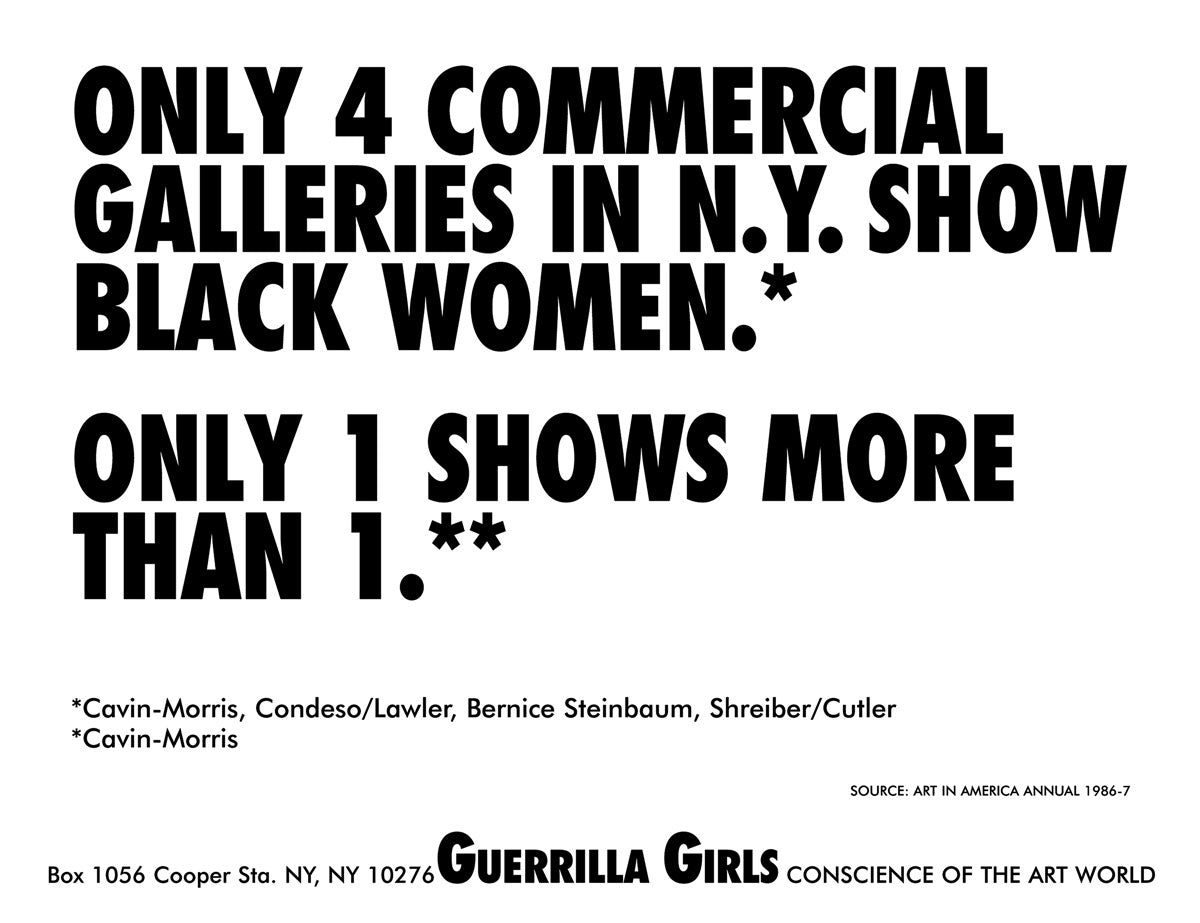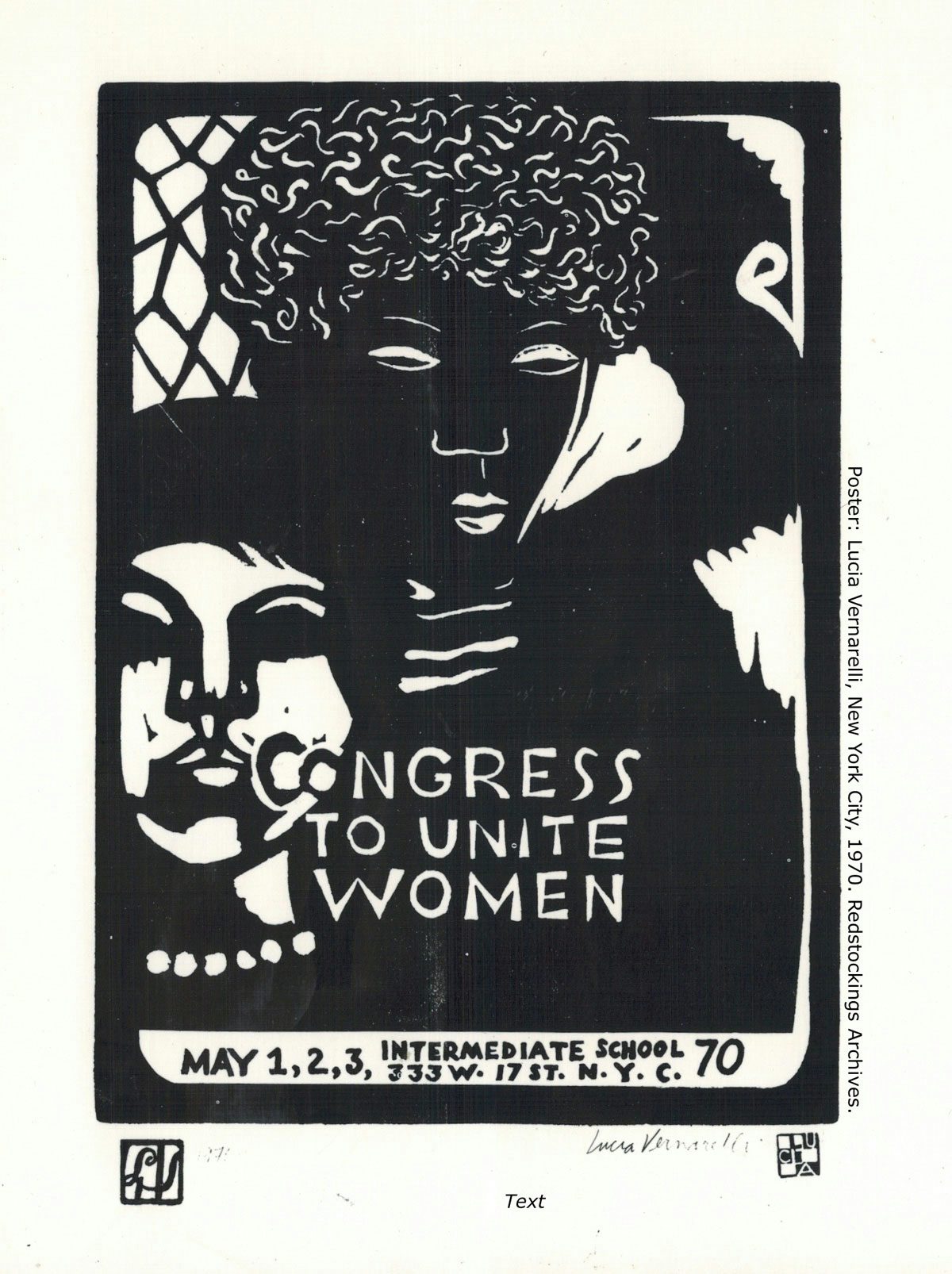We Dissent: tracing the art and activism of the feminist movement
In its latest show, the Cooper Union in New York is looking at the city’s longstanding (but poorly documented) association with the feminist movement
Given the less-than-stable state of our current political climate, it doesn’t come as much of a surprise that museums and galleries have been eager to tap into the public’s renewed appetite for politics and protest over the last few years.
Recent examples include the British Museum’s collaborative effort with Ian Hislop documenting everyday items of dissent from its collection spanning three millennia, and the Design Museum’s protest-themed show Hope to Nope (which wasn’t without its own controversies).

The latest cultural institution to jump on the political bandwagon is the Cooper Union in New York. The art college’s new show, We Dissent, looks at how the women’s movement in its home city has developed over the last 150 years.
The exhibition has been curated by Stéphanie Jeanjean, an assistant professor at the Cooper Union and Alexander Tochilovsky, an associate professor at the college and curator of the Herb Lubalin Study Center of Design and Typography. The duo have brought together a selection of more than 200 artifacts created by women artists, including everything from engravings and posters to brochures and buttons.


The show seems particularly timely given the current President’s undeniably fractious relationship with feminist groups in the US, the impact the #MeToo movement is having around the world, and the recent centenary of women gaining the right to vote in the state of New York in 2017.
But there were even more pressing reasons to put on the show now than timeliness, according to Jeanjean. “First and foremost, because women have been massively disregarded or excluded from art exhibitions and institutional history. More exhibitions dedicated to women help to explain the specificities of their experiences as artists, like the extents and limits of the restrictions they encountered,” she says.

While most exhibitions of this nature would be carefully curated to create a balanced view of different subjects and periods, Jeanjean points out that the entire idea of We Dissent was to show the huge gaps in the chronology of women’s history. “It is important to understand that it is only since the 1970s, with the rediscovery of historical feminism by the actors of the second wave, that women’s contributions have started being more systematically recorded,” she says. “This said, there are unfortunately very few documents left to consider before the 1970s.”
A rare early example of feminist art includes a never-before-shown scrapbook of engravings from 1862, which was offered to Peter Cooper by students enrolled in the printmaking classes at the New York School of Design for Women at the Cooper Union (at the time, it was one of the very few schools in America offering a formal art education for women).

The other aim of the exhibition is to show how many of the issues faced by feminist groups today, such as sexual assault and equal opportunities, are the same as those seen throughout its history – and crucially to keep the movement’s current momentum alive. “The truth is these battles have been fought for years and years. It’s sad that many things just haven’t gotten better, but the encouraging fact is that people have always been fighting injustice,” says Tochilovsky.
“I think it’s really heartening to know that there are countless lessons of how to successfully lobby for change, to bring attention to a cause, to get your message across, to get people to listen. For the current generation fighting the fight, it is really important to see what worked, what didn’t work, and most importantly to understand why and how.”

WE DISSENT… Design of the Women’s Movement in New York is on show at the Cooper Union from October 2 – December 2; cooper.edu


















